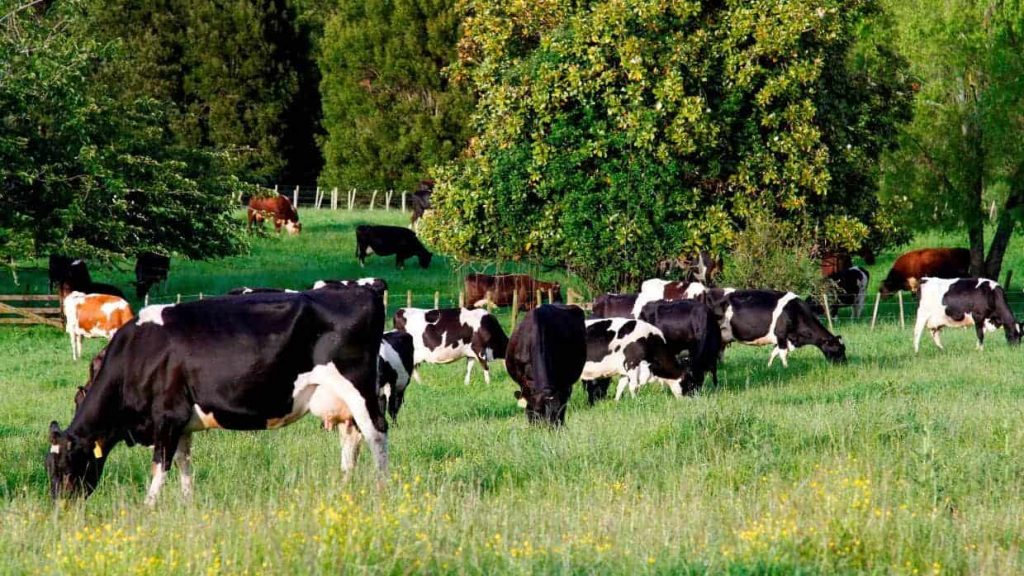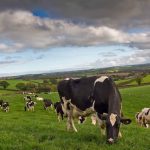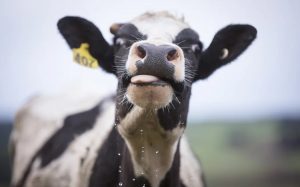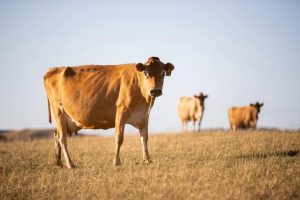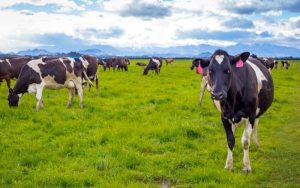
Primary industry exports are forecast to grow 6% to a record $56.2 billion this year, exceeding previous estimates.
The latest forecast for the year to June 30, released by the Ministry for Primary Industries (MPI) at Fieldays on Thursday, is $1.2b higher than the December estimate of $55b.
Primary industry export growth has outpaced non-primary industries for eight of the past 10 years, and accounted for 82% of the country’s merchandise exports in the year to March. Growth this year is expected to be led by dairy, seafood, and processed food exports.
“Food and fibre sector export revenue has performed remarkably well during the disrupted global trade period to date,” the report said.
“The 2022/23 year has been one of two halves for key export products, with prices reaching record highs before weakening as consumers and businesses constrained their spending in response to higher commodity prices and debt servicing costs.”
Dairy export revenue is projected to rise 14% to a record $25.1b despite an expected 0.2% decline in milk production due to high input costs, declining cow numbers and unfavourable weather conditions in the first half of the season.
MPI attributed the export growth to high-value products such as infant formula, high-priced inventory from the previous dairy season and a lower New Zealand dollar.
Export revenue from meat and wool is expected to fall 3% to $11.9b.
MPI said key meat export prices are expected to fall as the global cost-of-living crisis strained household budgets and Covid-19 lockdowns in China affected food services, resulting in less demand for meat and lower export prices.
It said lower export prices are expected to be partially offset by higher production and export volumes for beef, lamb and mutton.
Horticulture export revenue is expected to rise 2% to $6.9b, driven by exports of the 2022 wine vintage, which offset low production and exports of kiwifruit, apples, avocados and vegetables.
MPI said consumer demand for New Zealand fresh produce and wine remained strong. But unfavourable climatic conditions and extreme weather events affected several of the North Island’s growing regions resulting in reduced crop volumes and revenue for growers.
Forestry export revenue is expected to slip 1% to $6.5b, due to low demand from China for logs and the impacts on downstream processing due to Cyclones Hale and Gabrielle.
Exports of processed food and other products are expected to jump 6% to $3.4b, driven mostly by strong demand for food ingredients and chocolate. But the sector is forecast to reduce by 9% next year due to the ban on live animal exports by sea.
Seafood export revenue is expected to increase 8% to a record $2.1b, driven by higher prices for rock lobster, mussels, hoki and salmon as the food service industry reopened after the pandemic.
Arable export revenue is projected to drop 3% to $245 million as demand for ryegrass seed from key markets such as Europe dropped off, while demand for vegetable seed remained steady.

Meat and wool exports are forecast to fall this year, and remain flat over the next four years. (File photo)
MPI forecast primary industry export revenue next year would remain flat at $56.2b as higher export revenue in the dairy, forestry, horticulture and seafood sectors offset weaker returns for meat, wool, processed food and other products sectors.
“In the long term, strengthening demand and weakening supply are likely to increase the prices of food and fibre commodities,” the report said.
Demand would be supported by improved global growth, driven mainly by emerging economies while supply was expected to be constrained by climate change and the increased frequency of extreme weather events, heightened regulatory pressures, demographic shifts and rising input costs, it said.
MPI said it expects the sector’s steady growth to continue, with export revenue projected to reach a new high of $62b in 2027.
While dairy exports were forecast to jump 12.5% to $28.25b by 2027, meat and wool exports were forecast to remain flat at $11.92b.
Livestock numbers were expected to fall due to competition for farmland for carbon farming, urbanisation, freshwater regulations and agricultural emissions pricing as well as productivity improvements, the report said.
MPI forecast cattle numbers would reduce from 9.9 million to 9.6 million by 2027, while sheep numbers would fall from 24.9 million to 23.2 million.
Agriculture Minister Damien O’Connor said the outlook for meat and wool exports may improve as the amount of agricultural land being converted to carbon forests slowed following rule changes, farmers made productivity gains, and meat processors gained more value for products.
“I think there will be an upside, but we are conservative in our forecast,” he said in an interview at Fieldays.
“I think over time, because of our pasture-based systems, we will be able to extract more from the market – whether we have more volume in the market will be something that we’ll wait and see. Clearly, some of that land is going into trees.”
